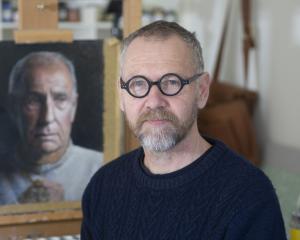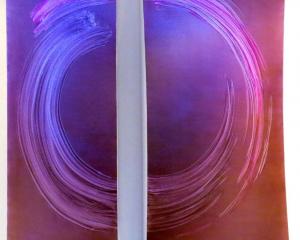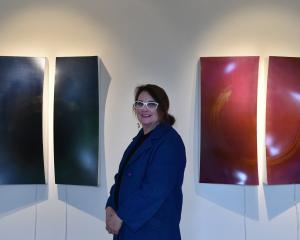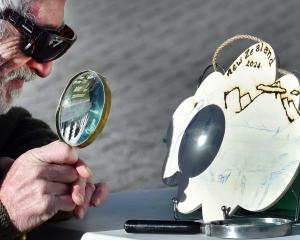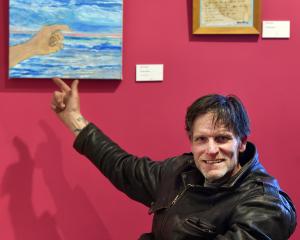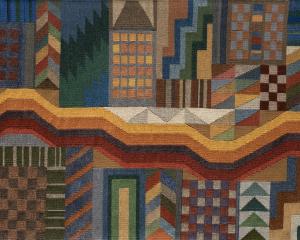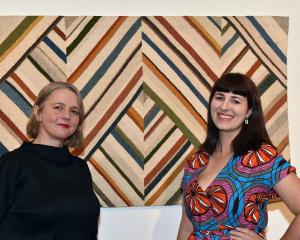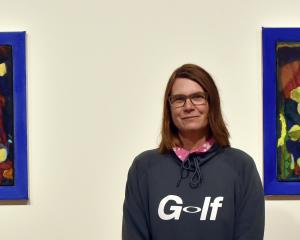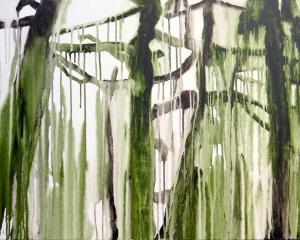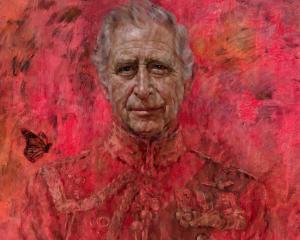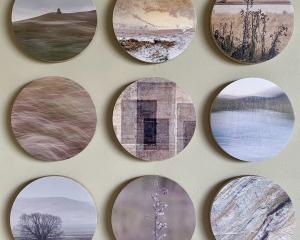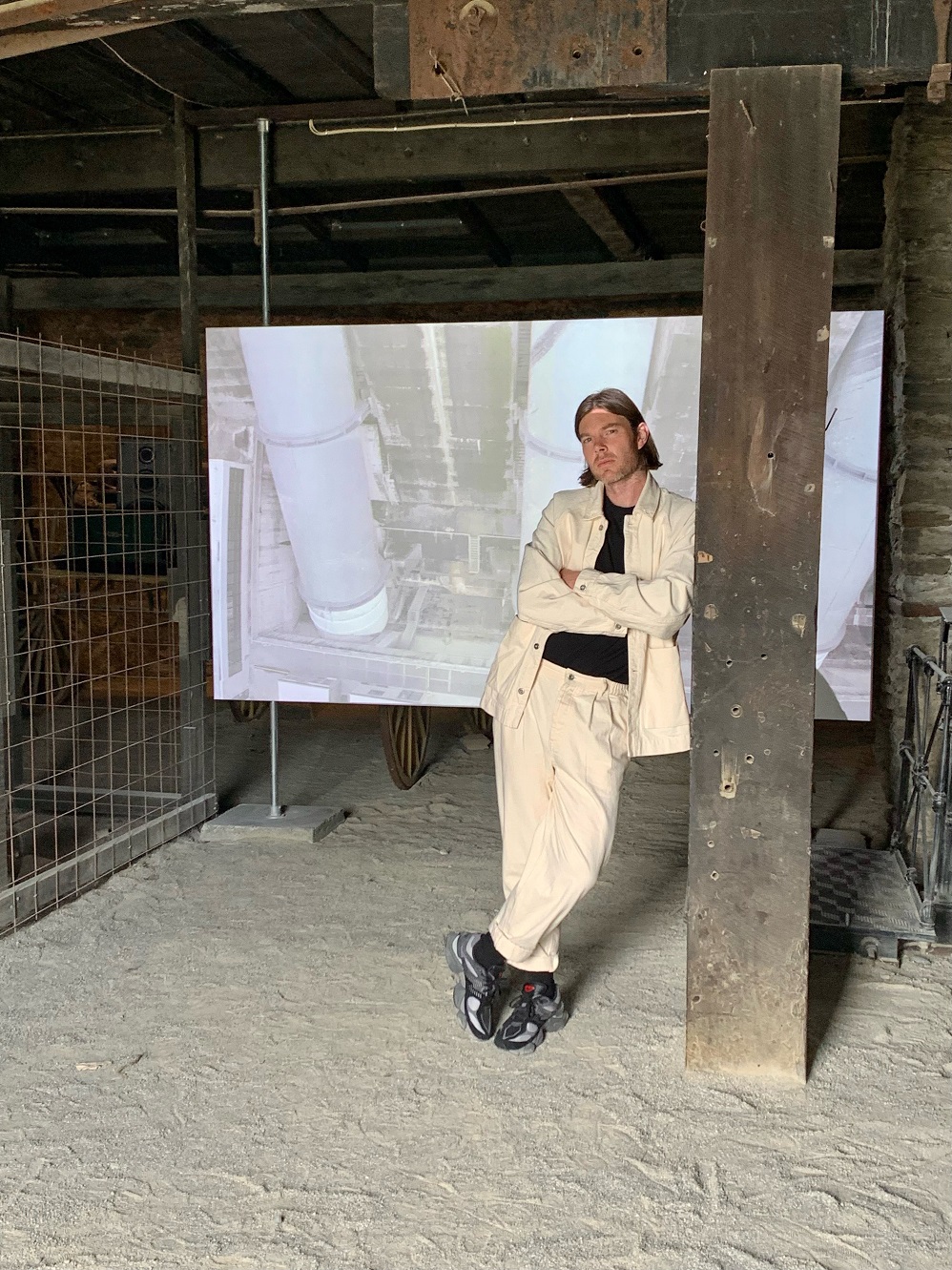
Matthew Galloway was 10 years old when he became captivated by the idea the Clyde Dam had caused the flooding of half a township, completely changing the landscape.
That visit to the Cromwell Museum was only a few years after the lake was formed in the 1970s. Decades later he has taken a closer look, as an artist, at the implications of Robert Muldoon’s "Think Big" project on the region in a multi-site public installation using drone footage, sculpture, archival cartoons and a newspaper.
"It starts with how impressive the dam is as a structure and its commanding presence within the landscape."
Galloway, who has spent a lot of time in Central Otago over the years having family connections to the region, has always looked into how big moments in New Zealand’s history have shaped the country’s identity and sense of place.
"While it’s a marvellous structure we also have to hold in our hand the idea there was a huge sacrifice required by many locals who lost land, houses and livelihoods. I wanted to delve into the positives the dam provides as a nation versus the sacrifices required to generate that power ."
The idea for the project came from a smaller work done for a group project about politics exhibited at Enjoy gallery in Wellington in 2020. After which Galloway felt there was so much more to say.
"There are these mega projects of national significance that are deemed important and necessary by politicians in Wellington and as a result there are people on the ground who are asked to sacrifice a lot and I think that story is important to keep telling and keep coming back to," he says.
He wanted to create a project that "talks to and for the people" of the district most effected by it. Galloway applied for funding from the Ministry of Culture and Heritage regional development fund and with that secured began a deep dive into the topic.
For the past two years Galloway has been working with Contact Energy. It took about a year of talks to gain access to the dam before he could record and film high definition visuals and sound of the dam in action with a drone.
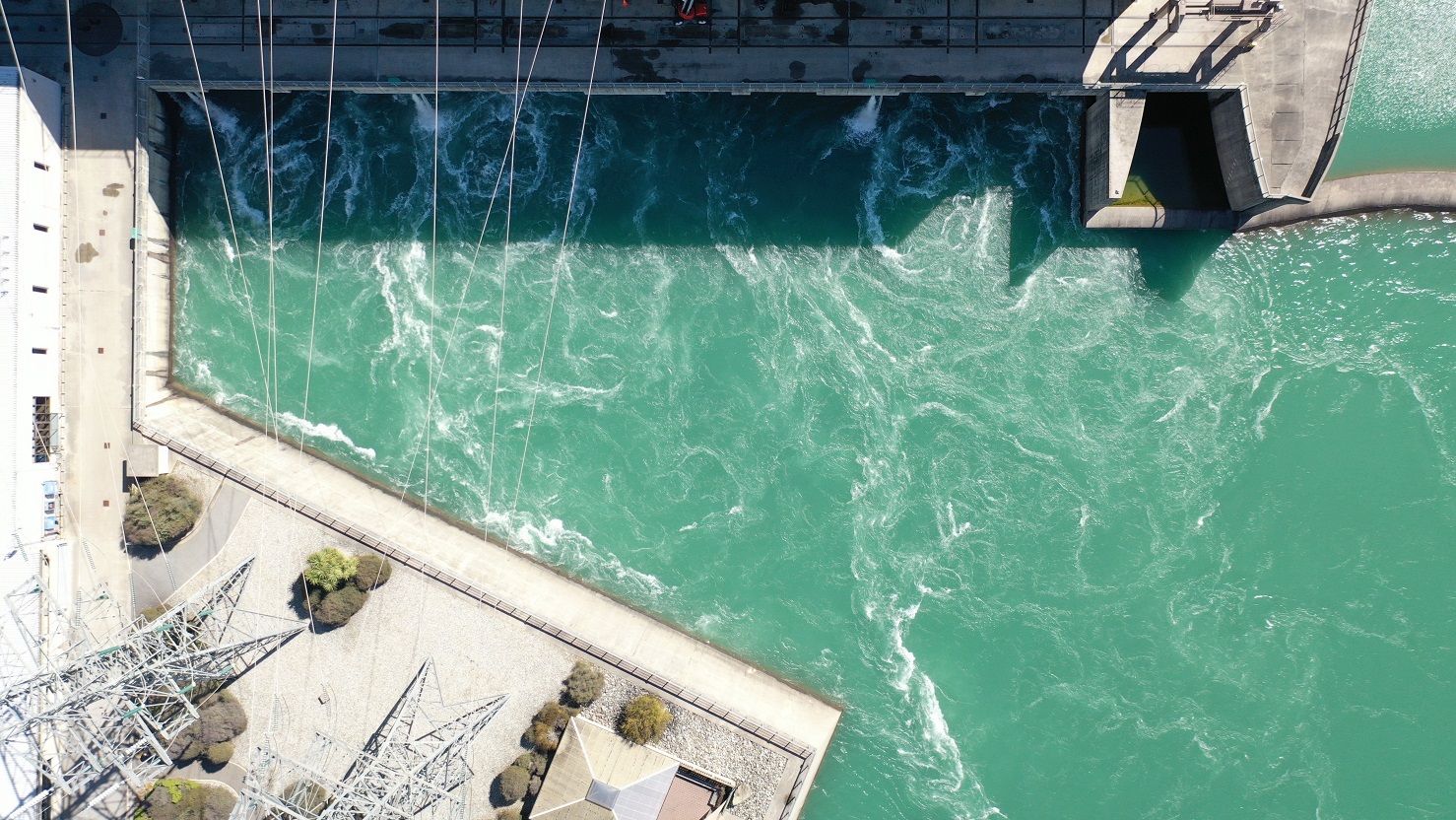
The experience of being inside the dam was "incredible", he says.
"It’s kind of awe-inspiring, the size of it. The understanding you get inside a space like that of what we are capable of, the scale we can change an environment and to which we can operate and build is really impressive. You feel that when you are inside the space.
"Inside the power hall there is this cathedral-like feeling in a certain way, there is this big cavernous space that has a drone of power generation in the background but is silent and left to its own devices. There are not heaps of people around."
He hoped by using the drone they were able to capture that sense of power, the "bigness" and the awe-inspiring nature of the structure.
"When you stand on the Clyde Dam, look out and look down, it does play with your senses — the scale is hard to reconcile in your own mind."
The images from that filming have been combined to create "sublime loops" which repeat themselves and are projected on to a big screen installed in a building in the Historic Precinct of Cromwell.
"In that aspect it’s like confronting the old and the new and bringing them together in one space and giving people the chance to see views of the dam they wouldn’t have been able to see before."
Bringing the images alive are the sound recordings from the dam, the droning images of the generator and the sound of the water spilling out of the dam.
Galloway has also been working with poet Brian Turner, who is based in Central Otago and has written a lot of poems about the region’s rivers.
"They’re beautiful philosophical verses about how we think about the river and how the river can speak to us. So his voice is playing over top of the drone and the imagery to give us an idea of how we have interrupted the river and an idea of personhood to the Mata-Au/Clutha river."
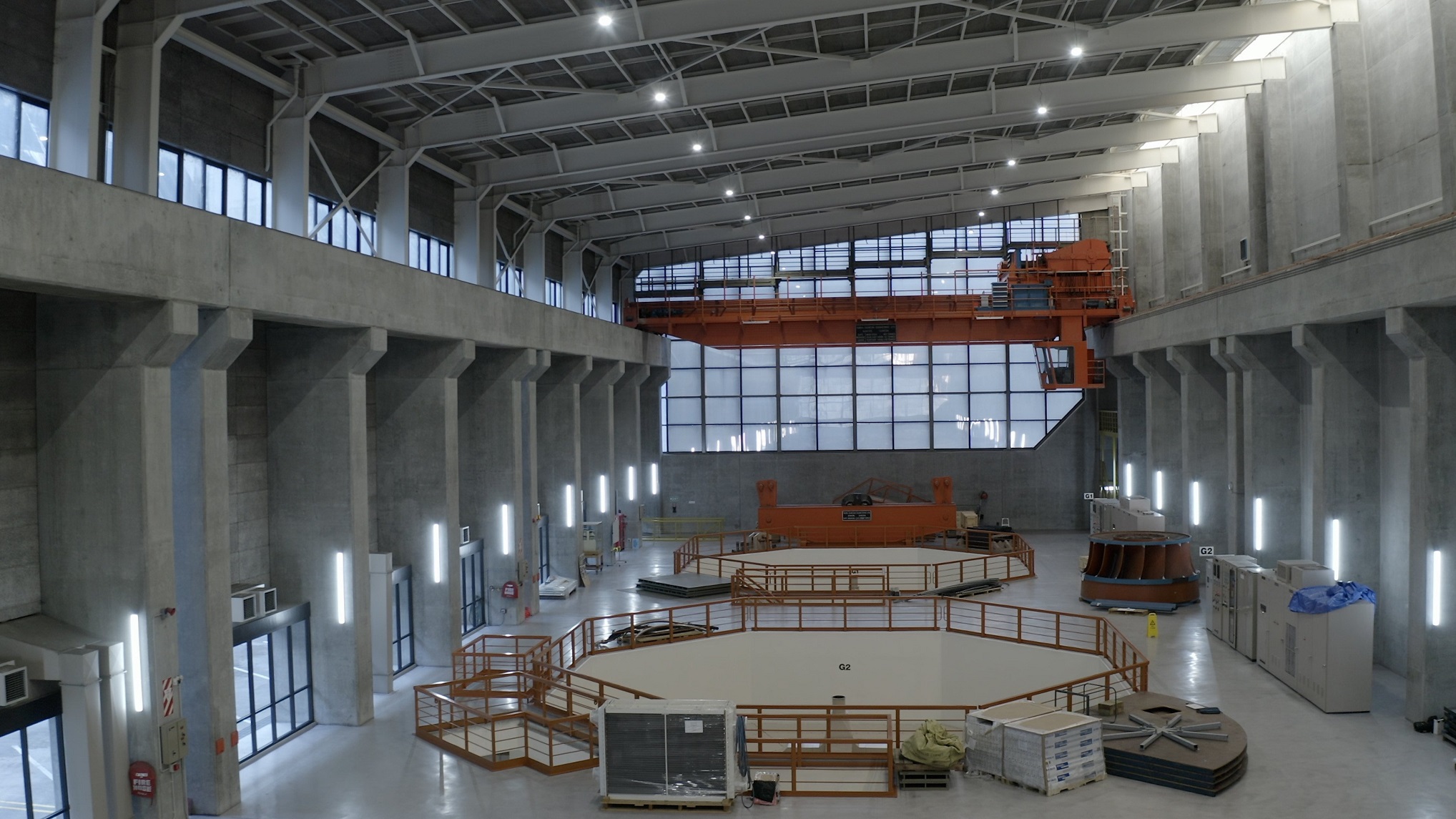
"They are really interesting as they give a different perspective, another take on the whole political aspect of it. They try and condense a really big complicated issue down into a single image which is their strength — I see them as like ghosts of political thought at the time."
There will also be an installation at Clyde Museum among its normal Clyde Dam exhibit. The contemporary art piece includes a screen with more footage of the dam and the cartoon flags.
"The idea is to create this multi-flight, almost arts trail throughout the region where people might only see one of the installations but they might come across a number of them. They’ll be encouraged to seek out other sites."
Continuing a theme of Galloway’s long-term practice, he has written a newspaper to pull the aspects together. It also features writing about the river from a Te Ao Maori perspective by Tina Ngata, Turner’s poetry and interviews with Edward Ellison, Kevin Jackson, Neil Gillespie and Duncan Faulkner on their experiences with the creation of the dam and following years. Stills taken from the drone footage and the cartoons round it out.
Mr Ellison, from Otakou marae, talks about the protests to prevent the other "Think Big" project in Otago, the Aramoana smelter from going ahead, a project that was to be fed by the dam and the resulting work for a te ao Maori point of view to be brought into resource management consideration.
"Maybe decisions made today on things like dams may be different than they were in the 1970s."
While Mr Jackson, an orchardist in Cromwell gorge who was flooded by the dam, gives a social history perspective of the time and Mr Gillespie, who works for Contact Energy and is Central Otago deputy mayor, speaks on the history of its construction and the usefulness of hydro power.
"I found Kevin to be really philosophical about it. He was an interesting figure because of the way that he held out on being bought out by the government and [was] quite steadfast in staying with his orchard and working the land as long as he could. He’s also done incredibly well since and was determined to find the opportunities in starting again."
Mr Faulkner, chairman of the Lake Dunstan Trust, which is working for a better environmental solution for Lake Dunstan, talks about the increasing build-up of silt from the dam causing problems around Cromwell.
"It’s interesting... 30 years on, looking at the environmental degradation that we are seeing. A lot of people would say hydro power is great. It’s definitely got huge pluses to it but we also can be a bit blind to some of the environmental impacts of it and the sacrifices involved just because it is so much more efficient and preferable to other forms of energy production."
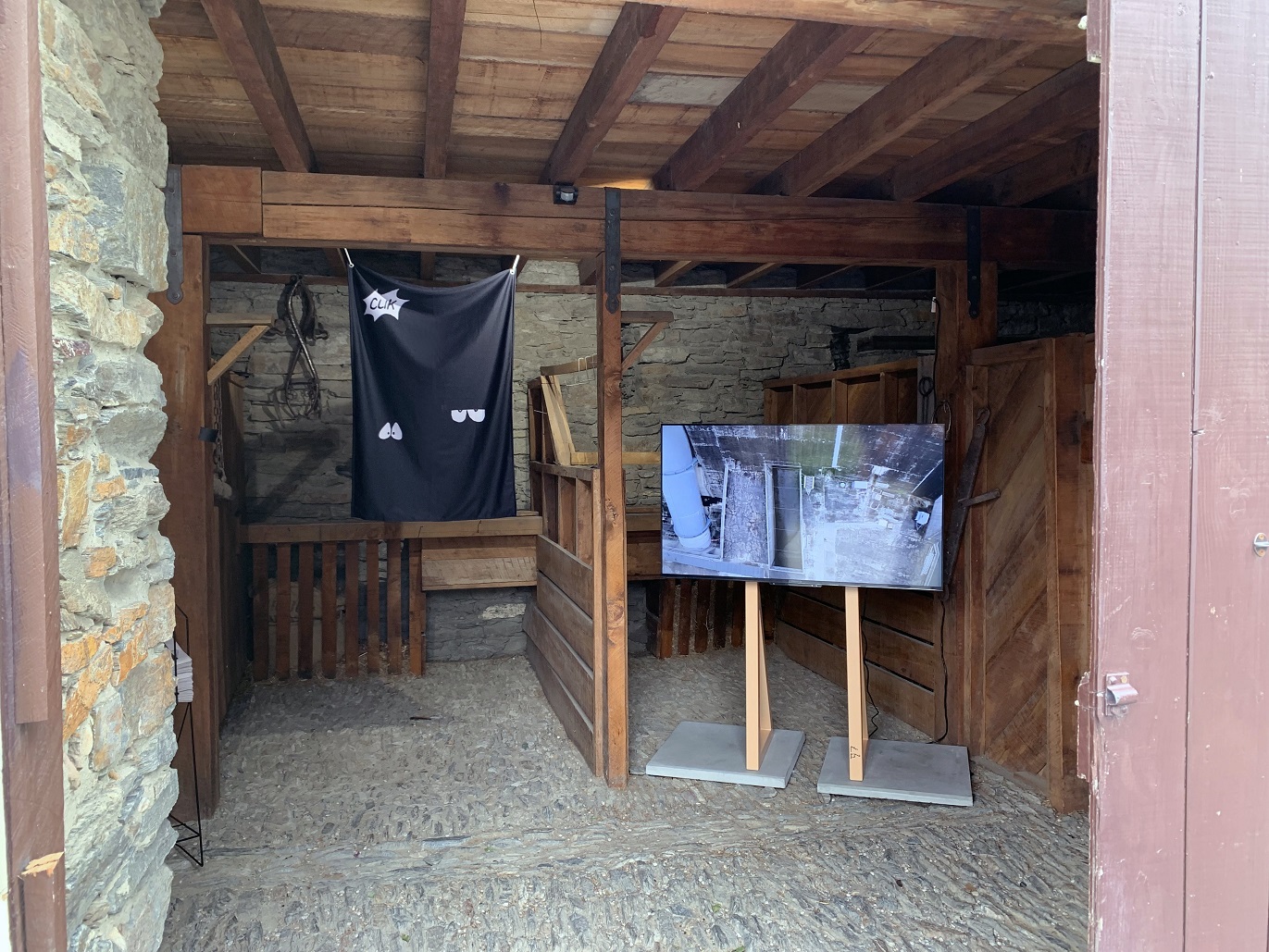
"As an artist, I’m trying to get people to think, to consider decisions made in the past and how they affect the present and how that might impact and make us think about what we do in the future."
Having spent nearly two years on the project, Galloway has found the level of sacrifice involved is not talked about enough or fully realised outside the region.
"The hydro dam network through the Clutha and Waitaki Rivers in particular give so much power to New Zealand, especially those in the big centres yet I don’t think those in the North Island fully realise the sacrifice that was involved to make that happen.
"I still feel very much stuck in the middle between the argument that hydro power is a fantastic asset for us.
"Jacinda Ardern has talked about it as a key pillar in being able to get to carbon neutrality, in 2030 I think is their goal, and I’m totally on board with that.
"But then I turn around and look at some of the costs involved and at the moment a project like that is not economically viable in our current climate — it’s very much of its time."
It raises a bigger question, he says, on the need for solutions to how we generate power and how we choose to live.
"That’s a really good thing."
TO SEE
Matthew Galloway, "The Power That Flows Through Us", November 25 to January 8. Located at sites across Heritage Precinct Cromwell and Clyde.


